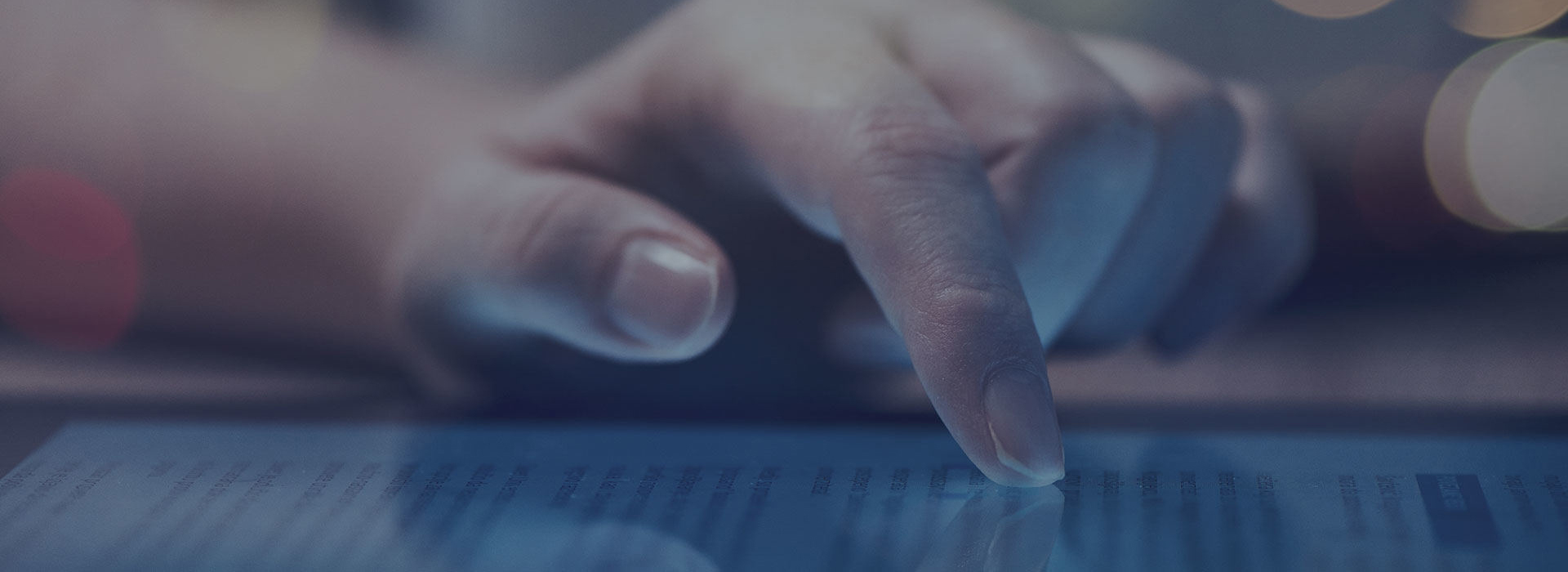Flying probe testers are used to test circuit boards and are divided into two categories, one is to test PCB and the other is to test PCBA.
The flying probe tester for testing PCB is an instrument for testing PCB boards (printed circuit boards) with high component layout, many layers, high wiring density, and small distance between measuring points. It mainly tests the insulation and conductivity of the circuit board. value. Testers generally use the "true value comparison positioning method", which can monitor the test process and fault points in real time to ensure the accuracy of the test.
The flying probe tester for testing PCBA mainly conducts electrical tests on the value and electrical characteristics of electronic components;
The flying probe tester has the characteristics of fine pitch, no grid restrictions, flexible testing, and fast speed.
A flying probe tester is a system for testing PCBs in a manufacturing environment. Rather than using all the traditional bed-of-nails interfaces found on traditional in-circuit test machines, flying probe testing uses four to eight independently controlled probes that move to the component under test. The unit under test (UUT, unit under test) is transported into the testing machine through a belt or other UUT conveying system. Then it is fixed, and the probe of the test machine contacts the test pad (test pad) and the via hole (via) to test the individual components of the unit under test (UUT). Test probes are connected to drivers (signal generators, power supplies, etc.) and sensors (digital multimeters, frequency counters, etc.) through a multiplexing system to test components on the UUT. While one component is being tested, other components on the UUT are electrically shielded by probers to prevent reading interference (Figure 1).
Flying probe testers check for shorts, opens and component values. A camera is also used on flying probe testing to help find missing components. Use a camera to check the shape of components with clear orientation, such as polarized capacitors. With probe positioning accuracy and repeatability in the 5-15 micron range, flying probe testers can precisely probe UUTs.
Flying probe testing solves a number of existing problems seen in PCB assembly, such as the lack of golden standard boards during development. Problems also include test development cycles that can be as long as 4-6 weeks; fixture development costs of approximately $10,000-$50,000; inability to economically test low-volume production; and inability to quickly test prototype assembly. These situations illustrate that the traditional bed-of-needle tester lacks a low-cost system for testing low production volumes; it lacks rapid test coverage of prototype assembly; and it cannot test shielded assemblies.
Flying probe testers are an invaluable production resource because of their ability to closely contact shielded UUTs and help enable faster time-to-market. Also, since experienced test development engineers are not required, the system can be considered a labor-saving device with added value and time saving benefits.


 Impedance Testing Machine
Impedance Testing Machine
 Optical Test Equipment
Optical Test Equipment
 Environment and Reliability Test Equipment
Environment and Reliability Test Equipment
 Selling equipment (Brand new or sample machine)
Selling equipment (Brand new or sample machine)
 Other Equipment
Other Equipment
 5G RF Communication
5G RF Communication
 Optical Domain Software
Optical Domain Software
 Electrostatic Box, Matrix Control Box
Electrostatic Box, Matrix Control Box
 High Frequency Cable
High Frequency Cable
 High Frequency Probes
High Frequency Probes
 High Frequency Board
High Frequency Board
 RF Coaxial Connector
RF Coaxial Connector
 Other Annexes
Other Annexes


 Home
Home Products
Products Telephone
Telephone Message
Message






